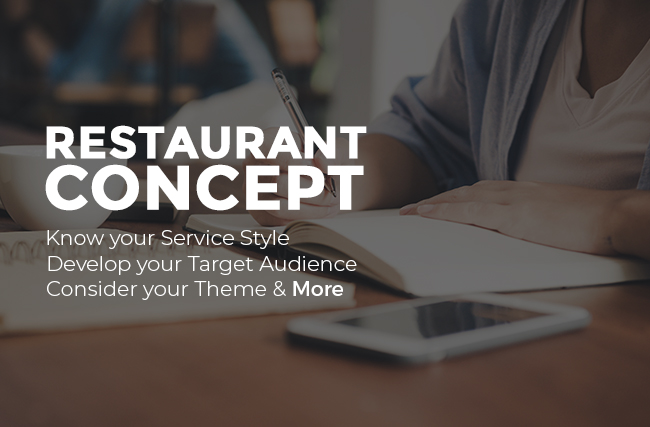
5 Things to Consider When Opening a Restaurant
When you see golden arches from a mile away, you immediately know that a McDonald’s lies ahead. That’s what successful restaurant branding looks like. It’s instant brand recognition even from a simple glimpse of the logo.
But McDonald’s success didn’t come in an instant. It was borne out of consistency, innovation, and great branding.
Let’s learn more about restaurant branding and how you can incorporate it into your dining establishment.
What Is Restaurant Branding?
Restaurant branding refers to the process of crafting a corporate personality for a restaurant. Branding is important because it allows a dining establishment to differentiate itself from its competitors.
A well-thought-out brand successfully creates an emotional connection with its clientele. Through consistency, the connection will become a full-blown relationship where the customer becomes loyal and indirectly advocates the brand.
Branding is the sum of several marketing activities. Various factors work together to create it.
Check out the five factors that sum up a restaurant’s brand:
1. Concept
There are many restaurant concepts out there but you need to create your own that’s based on facts and data. The following are just some concepts:
- Food truck
- Hole-in-the-wall
- Coffee/cafe
- Fast food
- Fast casual
- Family style
- Pop-up
- Bar
- Formal
Choosing a concept must be done carefully. It has to be based on market research and your budget. A hole-in-a-wall concept is more budget-friendly than a formal one, but you have to consider if it’s the right theme for the location and the people that frequent the area.
You also need to examine your target market, so you can decide on the cuisine you want to serve and if it can give you a competitive edge in your location.
2. Name and Logo
Now that you have a concept, you can decide on the name of your restaurant. The concept comes first because the name must reflect the type of restaurant you are launching.
When considering the name of your restaurant, make sure it’s catchy and easy to remember. The logo must be a visual representation of the name and concept of the restaurant.
3. Tables, Chairs, Setting, and Layout
The furniture you use must be in harmony with the concept and name of the restaurant. Family restaurants, for example, call for bench seating and long tables. Formal restaurants call for a variety of utensils.
As for the restaurant layout, it must follow some basic guidelines. There should be ample space for walking, tables must not be near the toilet, and the entrance must be welcoming, among others.
4. Ambiance
Some people choose restaurants based on ambiance. Dining areas must be comfortable and should be consistent with the theme of the venue. The ambiance includes the lighting, decor, furniture design, plates and utensils, music, menu, and uniforms of servers.
Create an atmosphere where people get excited and can be comfortable. In this age of social media, the ambiance must prompt diners to post photos of the restaurant on their accounts.
5. Food and Service
Food and service are the most important factors of restaurant branding. The food should be consistent with the concept, i.e. a Mexican restaurant must serve Mexican food. In the same manner, service should also demonstrate part of Mexican culture.
Know the current and possible future food and beverage trends. While you want to offer something unique, you also need to weigh whether you are embodying a timeless tradition or a momentary trend.
More importantly, the food must be delicious and the service needs to be excellent.
Conclusion
Restaurant branding is the first step to starting a restaurant. It involves creating a restaurant that stands out from its competition and will connect with people on an emotional level.
Starting a restaurant and crafting branding ideas can be overwhelming. The Restaurant Group can make things easier for you. We provide expert solutions to those who want to open a restaurant and guide them through the steps from start to finish.




